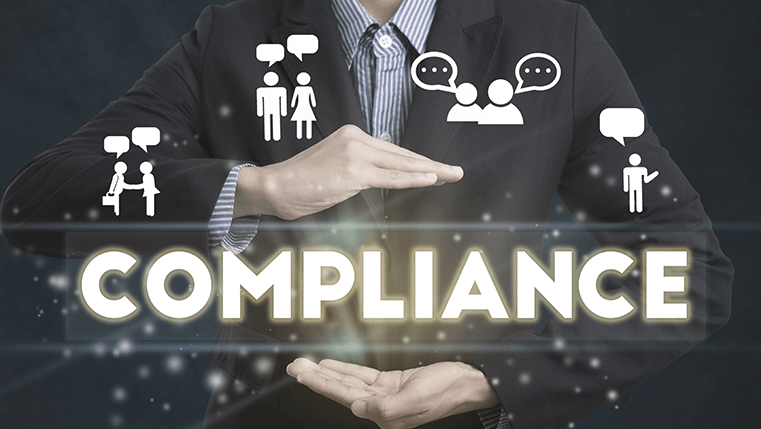
Corporate Compliance Training: Effective Tips for Success

Understanding the Importance of Corporate Compliance Training
Corporate compliance is a critical aspect of maintaining ethical business practices and legal standards. To ensure employees are well-versed in compliance requirements, organizations invest in corporate compliance training programs. These initiatives not only mitigate legal risks but also contribute to the overall integrity of the business.
Tailoring Training Programs to Company Needs
One size does not fit all when it comes to corporate compliance training. It’s essential for organizations to tailor their training programs to address specific industry regulations and company policies. Customization ensures that employees receive relevant information that directly applies to their roles and responsibilities.
Emphasizing Legal and Ethical Standards
The foundation of corporate compliance training lies in educating employees about legal and ethical standards. Training sessions should clearly outline laws and regulations relevant to the industry, emphasizing the consequences of non-compliance. This creates a culture of awareness and responsibility within the organization.
Implementing Interactive Training Methods
Engagement is key to effective learning. Corporate compliance training should move beyond traditional methods and incorporate interactive elements. Utilize multimedia presentations, case studies, and scenario-based learning to enhance employee engagement and retention of crucial compliance information.
Regular Updates and Refresher Courses
Compliance regulations are subject to change, and businesses must stay ahead of these updates. Implementing regular updates and refresher courses ensures that employees are aware of the latest legal requirements. This proactive approach minimizes the risk of outdated knowledge compromising compliance efforts.
Fostering a Culture of Open Communication
Effective communication is vital in any organization, especially when it comes to compliance matters. Encourage open communication channels where employees feel comfortable seeking clarification on compliance issues. This fosters a culture of transparency, where potential problems can be addressed before they escalate.
Monitoring and Reporting Mechanisms
Establishing mechanisms for monitoring and reporting compliance issues is crucial. Employees should be aware of how to report concerns, and there should be a system in place for monitoring compliance metrics. This allows organizations to identify potential issues early and take corrective action.
Incentivizing Compliance Adherence
Recognize and reward employees who consistently adhere to compliance standards. Implementing incentive programs creates a positive reinforcement loop, motivating employees to actively engage with compliance training and integrate ethical practices into their daily work routines.
Utilizing Technology for Training Delivery
In the digital age, technology plays a significant role in training delivery. Employ learning management systems (LMS) and online platforms to make training easily accessible to employees. This flexibility is especially beneficial for organizations with remote or geographically dispersed teams.
Corporate Compliance Training Tips for Success
For comprehensive insights into effective corporate compliance training strategies and valuable tips, visit HighPointFamilyLaw.com. Explore resources that can further enhance your understanding of successful training implementation, ensuring your organization remains compliant and ethical.
In conclusion, corporate compliance training is not just a regulatory requirement; it’s a fundamental strategy for fostering a culture of integrity within organizations. By tailoring programs, emphasizing standards, utilizing interactive methods, and staying proactive, businesses can create a workforce that understands, values, and practices compliance in their daily operations.





